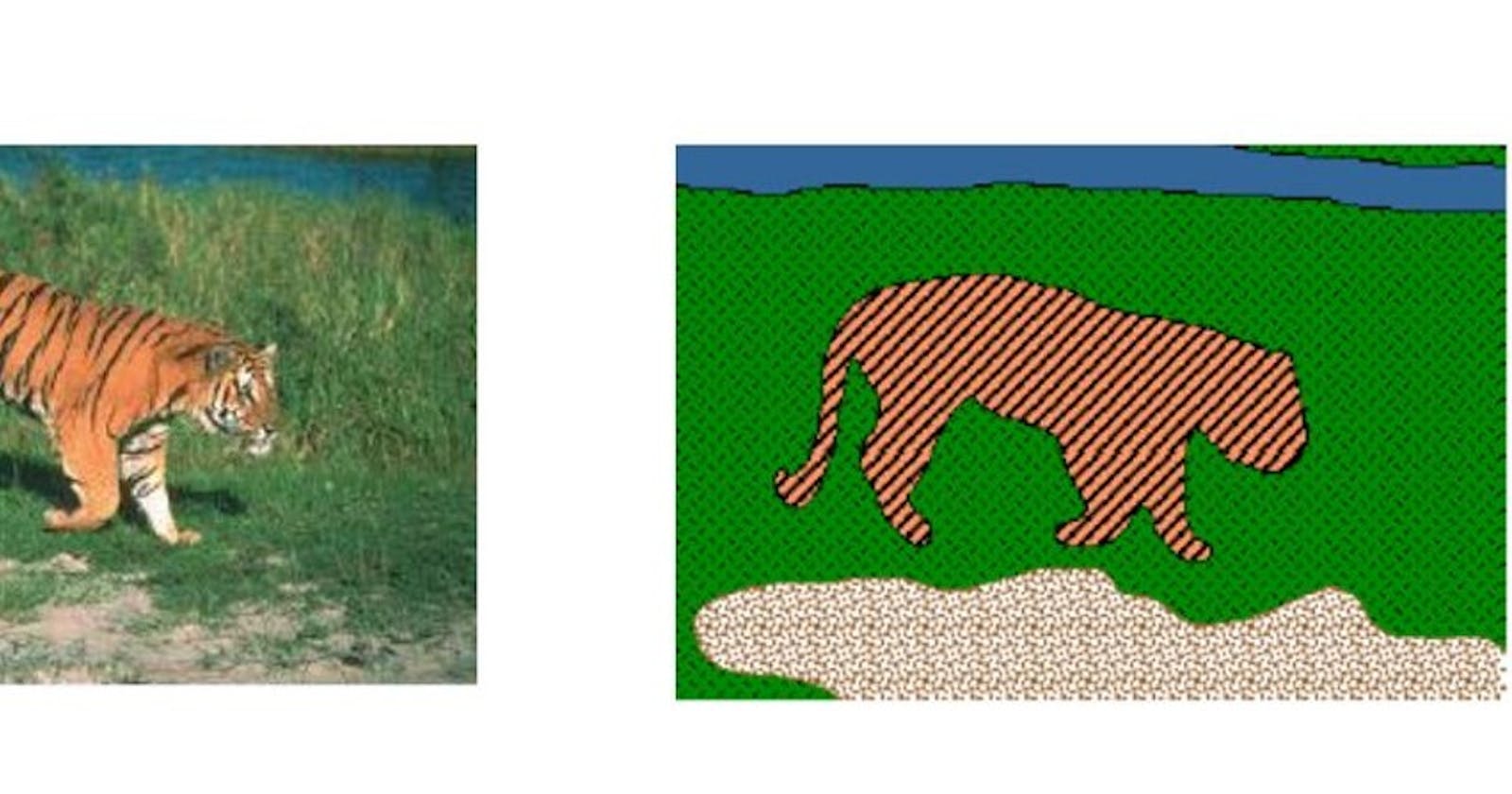When it comes to detecting the shape of an object in an image, there are several methods that can be used. In this article, we will compare three methods: merging and splitting, merging, and splitting. We will understand when to use each method and what they are used for.
Merging
Imagine you have a big puzzle with different shapes and colors, and you want to sort it into groups of similar pieces. That's like region merging - you put similar pieces together to make a big group.
Splitting
Now imagine you want to break apart that big group you made into smaller groups of pieces that still match each other. That's like region splitting - you take apart the big group into smaller groups of similar pieces.
Merging and splitting
Region merging and splitting is when you keep doing both merging and splitting, over and over again, until you get the best groups of pieces that match each other. Just like playing with your puzzle pieces until they are all sorted into the right groups.
How to perform splitting?
Quadtree representation
It involves dividing the image into four quadrants and continuously subdividing each quadrant until a stopping criterion is met, such as reaching a minimum size or satisfying a homogeneity requirement. Each node in the Quadtree represents a region, and the information stored at each node includes details about the region's size, position, and intensity values.
Variance of 1
It can be used as a measure of homogeneity when splitting a region in a region-based image segmentation method. This approach involves calculating the variance of the intensity values within a region. If the variance is higher than 1, it may indicate that the region is not homogeneous and should be split into smaller regions to achieve homogeneity. However, it's important to note that the choice of using Variance of 1 as a measure of homogeneity depends on the specific requirements of the application and the type of image being processed. Other measures of homogeneity, such as mean intensity and entropy, can also be used.
Real-world applications of region splitting and merging
Medical imaging: In medical imaging, region splitting and merging can be used to segment organs, tissues, and lesions, making it easier to diagnose diseases and plan treatments.
Object recognition: In object recognition, region splitting and merging can be used to segment and identify objects in an image, making it easier to detect and track objects in real-time.
Computer vision: In computer vision, region splitting and merging can be used for object recognition, tracking, and other applications that require the segmentation of images into distinct regions.
Image editing: In image editing, region splitting and merging can be used to segment images into different regions, making it easier to manipulate specific parts of the image without affecting other parts.

